|
St George, Brandon Hill, CITY Bristol |
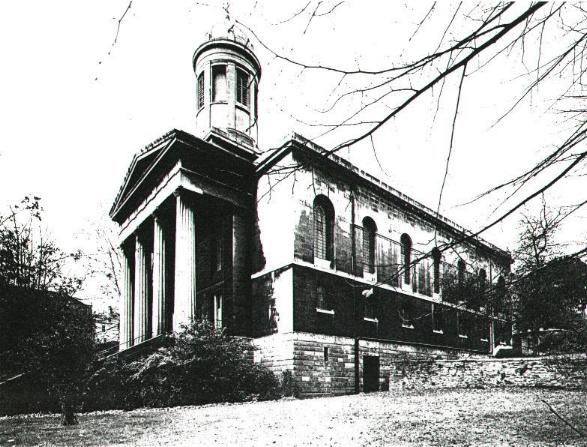 |
As Bristol grew in the early nineteenth century, it began to absorb villages around its edge. Fashionable Clifton on top of the hill above the floating harbour was one of the first to become part of the city and one of the first new roads linking it to the centre was fashionable Park Street, on the eastern slopes of Brandon Hill. Impressive Georgian side streets were soon added, and soon this area needed its own church. In medieval times the hill was home to small chapels, St Blaise and St Jordan, but no trace of these remain if indeed they were once different structures. Little is known about their history. The area was in the medieval parish of St Augustine-the-Less, demolished in the early 1960s and its side now occupied by an extension to the Royal Hotel.
St George was built in 1823 to the designs of Sir Robert Smirke, and was originally a chapel-of-ease to St Augustine the Less, City. It became a parish church in its own right in 1832. It is built in the Greek Doric style and cost £7000, paid for by a special fund set aside by Parliament to mark the victory over Napolean at Waterloo. Hence it is known as a "Waterloo Church". The impressive facade faces east towards Great George Street with a long flight of steps up to a handsome portico with fluted columns. This looks like the principle entrance and maybe it was originally but the main entrance is a rather feeble West end where steps lead down into the church from Charlotte Street.
Major alterations internally were made in 1871 when Italianite marble fitttings were introduced to create a chancel. Ambones, a pulpit and lectern were designed by G.E.Street. Following closure of St Augustine-the-Less after the second world war, the church became St George with St Augustine. Threats to close the church in the late 1960s and early 1970s were fought by the larger-than-life vicar Canon Percy Gay. Not only did he fight them off but also managed a major restoration of the interior when the church was redecorated according to the original Georgian scheme. The church remained open until Canon Gay retired. It was then closed and sold to the BBC who established the St George's Trust, and turned the church into a concert venue for chamber music and installed a recording studio in the crypt. Major renovations in 1999 were carried out, and there is now a cafe and facilities in the crypt and better entrances. In feel however the church interior and exterior is little altered and the work is to be commended.
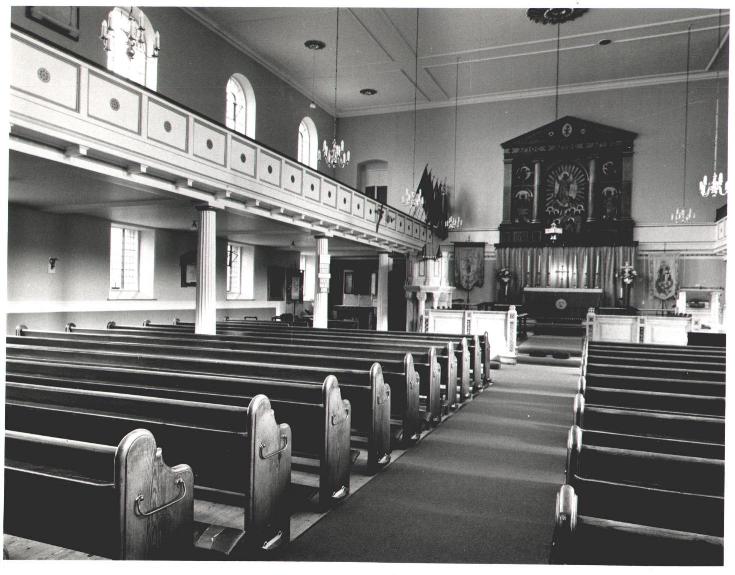 |
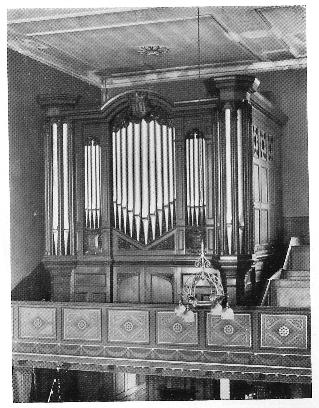 The interior after restoration of Georgian colour scheme (l) and organ case showing dark Victorian decorative scheme on gallery frontage that preceded it (r). |
The picture above shows the interior in the 1970s with the pews and sanctuary fittings still in place. These have been removed, as has the large organ in its handsome mahogany case, which stood awkwardly in the S.E. corner of the gallery at closure, having been moved there in the 1871 alterations from the west gallery. In this picture towards the top right corner a small circular opening can be seen breaking the plaster panel moulding. Canon Gay used to tell the boys of Queen Elizabeth's Hospital School (QEH) of the night during the Second World War that a German fire-bomb pierced the roof at this very point but did not explode. The repair inserted an electric light at this point with a star-shaped aperture within the circle. The QEH boys attended Sunday morning church services here until the church closed when they reverted to attending the Lord Mayor's Chapel. (I was one of many boys who went to Communion here, with breakfast provided in the vestry behind the internal east wall by Mrs Gay or on occasion by Mr & Mrs George Garlick (organist) in their house on the edge of Brandon Hill. These breakfasts knocked spots off the breakfast at school on a Sunday morning!! After the meal we were able to explore the church, turning on the heating at gallery level which was simply a very long multi-pierced gas pipe with open flames behind the pews at window-sill level.)
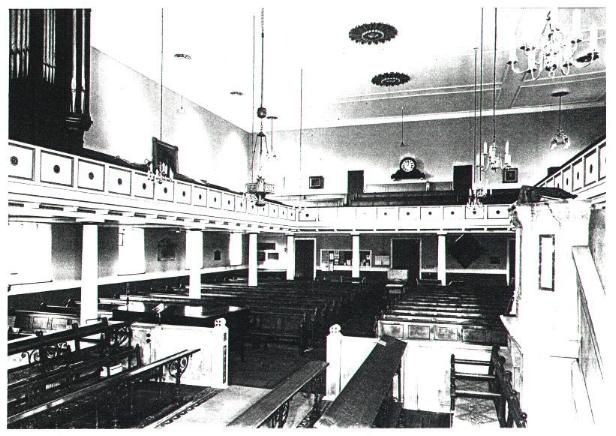 |
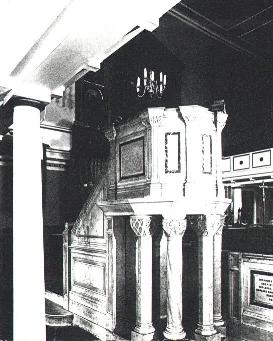 |
Link to the St Georges Concert Hall Website
Back to the Bristol Churches List
Page created 2nd August 2003